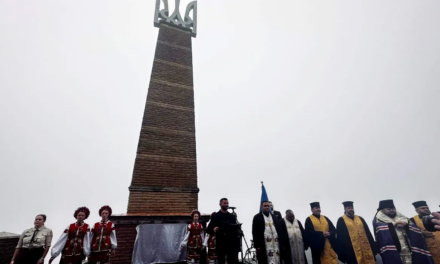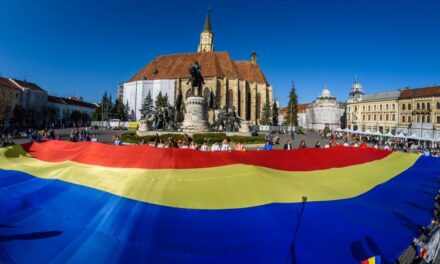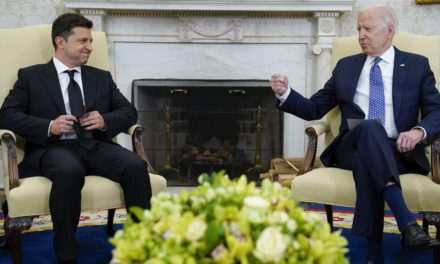János Árpád Potápi, the State Secretary of the Prime Minister's Office responsible for national political affairs, emphasized in his greeting that the Hungarian Days in Cluj-Napoca contribute to making national belonging not just a feeling but an experience. He believed that the series of events is one of the greatest opportunities to present not only the city, but also Transylvania and Hungarian culture.
However, he also considered it a result of the Hungarian days that it brought the peoples living in Cluj-Napoca, Transylvania, closer to each other. "They get a taste of Hungarian life, culture and sense of life. And we hope they will take our good news to the world," he said.
Chief organizer Balázs Gergely believed that the approximately 450 program points of the Hungarian days until the end of next week are all a bridge, "crossing which we can get closer to each other, to our culture, and which invite those who may not yet know us to cross".
He noted: the war and the pandemic also showed how fragile the built bridges are. The place of a safe world, of mutual curiosity and openness, can be replaced in a matter of seconds by something completely different, something dark and inhuman. He believed that, for this reason, efforts should be made to preserve the existing bridges, and one should always be ready to build new bridges and to rebuild them as well.
The Mayor of Sepsiszentgyörgy Antal Árpád, who thanked the RMDSZ for the event, and the chairman of the RMDSZ national council, drew attention to the fact that Cluj-Napoca has the second largest Hungarian community in Transylvania. This is the most active and dynamic Hungarian community in Transylvania, as the city has been attracting young people from all over Transylvania like a magnet for centuries. "Thus, practically all of us are building Cluj, the capital of Transylvania, together," he said. He listed the Hungarian Days as one of the treasures of the city, which showed the true face of the Hungarian community. He believed that this sincere celebration destroyed the walls that had been built between the Romanian and Hungarian communities for the past hundred years.
Source: Erdon.ro
Photo: Zoltán Balogh












